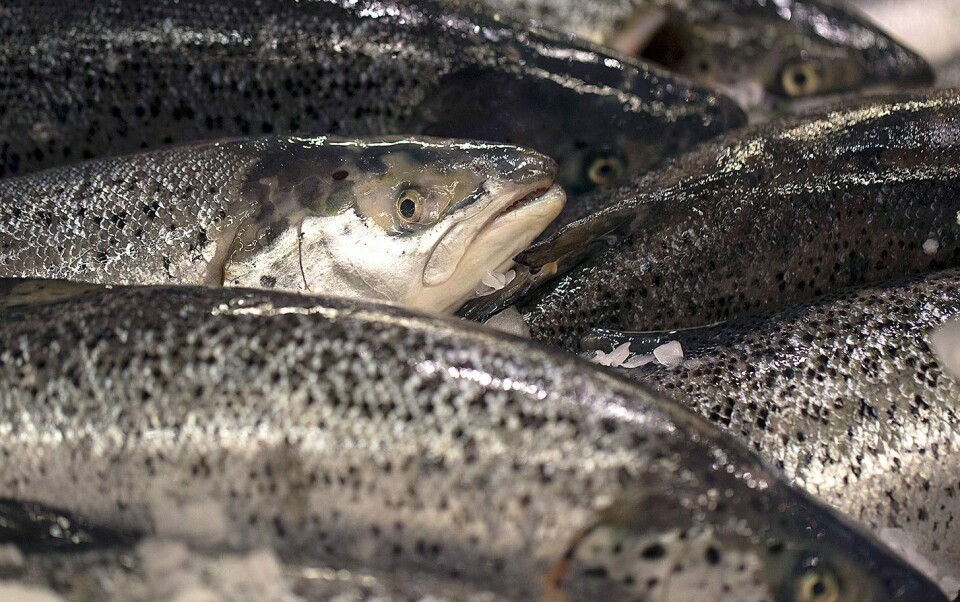
Sea lice threat to wild salmon smolt 'mainly low'
Norwegian researchers have found a low risk of mortality on wild salmon smolt due to sea lice in seven of the country’s coastal production areas, moderate risk in five and high risk in one area.
This preliminary conclusion was drawn by scientists at Norway’s Institute of Marine Research after an expert group examined available knowledge in the field and assessed the lice impact on wild salmon smolt along the entire coast.
"The expert group's conclusion is based on solid international knowledge and results from models and monitoring data from 2016,” says Karin Kroon Boxaspen, research director at the institute and head of the sea lice steering group. ”It takes into account the biological conditions of both fish and lice, in addition to physical conditions such as current and temperature, and is professionally well-founded.”
Traffic light system
The Management Group for Evaluating Lice Effects recommends that Norway’s Ministry of Industry and Fisheries takes the preliminary report into account pending the final report, which also includes data from 2017. This will be available in mid-September and will assess the situation over a two-year period.
It is only when the next report is complete that the possible consequences for the aquaculture industry will become known, such as possible growth in those areas with the least risk of mortality. In the expert group report, the different areas are divided into groups of low, moderate and high risk of impact.
"In the context of the advice we have given now, the Ministry of Industry and Fisheries will decide what colour the various areas will receive, probably it will be completed before the summer. This is known as the traffic light system,” says Boxaspen.
The scientists admit that the research on wild animals and ocean currents, like research on weather, is not always 100 per cent accurate. The main uncertainties regarding this work are related to the allocation mechanisms for salmon lice, emigration time and salmon migration routes from the various waterways, which can have a significant impact on the extent of the contagion of salmon smolt on the way out of the fjords and on the coast.
More data needed
"It is important to get more data on wild salmon smolt, sea trout and sea lice in several of the production zones so we can reduce uncertainties,” Boxaspen says. ”This year, both we and our partners have used more resources for monitoring salmon lice than ever before, so the results will be even safer.”
In addition to monitoring, significant research is done in other areas, such as advanced mathematical models. "Now, for example, we are working to find out how smolts caught in the fjords can be traced back to which river they came from. To find out, we use models where we chart data about genetics and power conditions, for example.”
In addition, there are extensive projects in which the Norwegian Institute for Nature Research examines fluctuations in marine survival and the influence of salmon lice on wild salmonids by means of marking and automatic registration of migration in various waters along the Norwegian coast.
Boxaspen added: ”New results must be published There is still uncertainty attached to the threshold values used to quantify how high mortality differs according to the amounts of lice. The work of the expert group is part of the model basis for mortality under development, and this is now important to get validated, quality assured and published in scientific journals.”























































